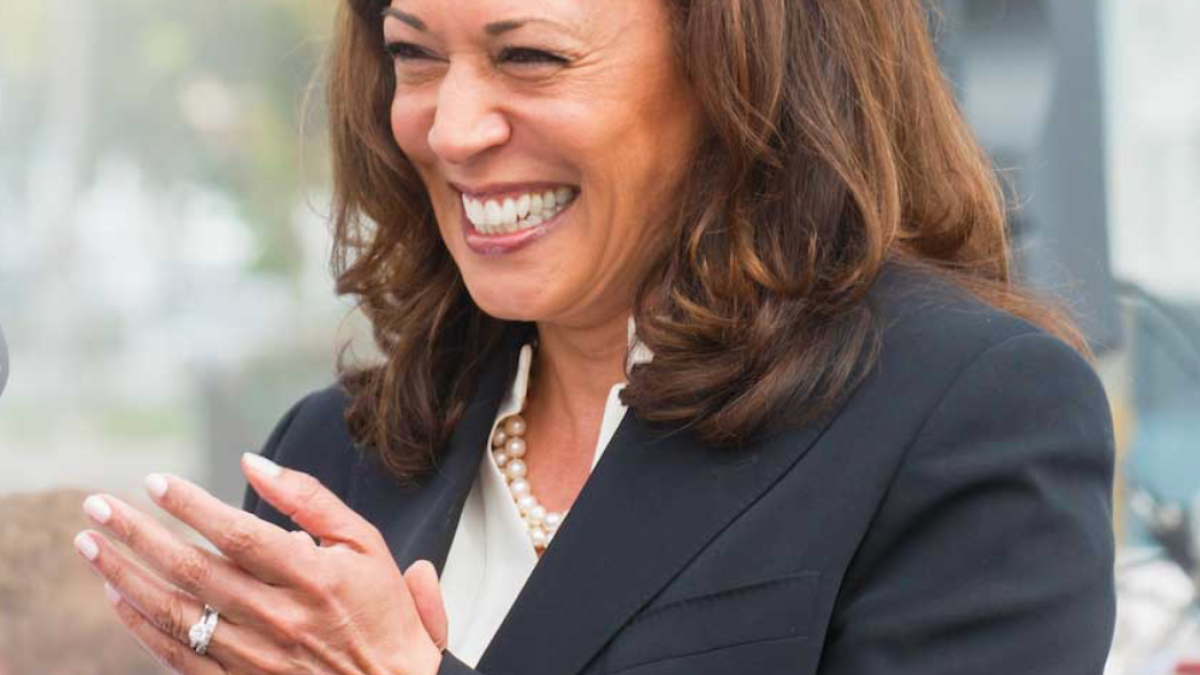ASU experts explore how seeing women in elected office strengthens democracy

Vice President-elect Kamala Harris. Photo courtesy Wikimedia Commons
The most recent election in the United States was marked by an increase not only in female candidates but also in the number of women elected. This month, Sen. Kamala Harris will become the first female vice president of the United States — and the first woman of color to hold the office.
The overall number of women elected to the U.S. Congress increased from 126 (23.6%) to 144 (26.9%). The U.S. still falls well behind many countries of the world in the percentage of women in national parliaments.
Over 80 countries around the world have attempted to increase women’s representation in politics through the use of gender quotas or similar affirmative action measures. Due to the use of gender quotas, countries like Rwanda, Bolivia and Mexico now have gender equitable legislatures.
What do these countries gain by having more women in elected office?
Arizona State University professors Magda Hinojosa and Miki Kittilson explore these topics and propose a new theory in their recent book “Seeing Women, Strengthening Democracy.”
The book draws extensively on the case of Uruguay, where gender quotas were first applied in the 2014 elections. Using original pre- and post-election surveys of Uruguayan citizens (funded by USAID), as well as extensive media content analyses and interview data, the book “argues that the election of women to political office strengthens the connections between women and the democratic process.”
Hinojosa and Kittilson, who are both a part of the School of Politics and Global Studies, spoke with ASU Now about their recent book. Answers were provided jointly.
Question: Countries worldwide have implemented gender quotas to help increase the representation of women in elected office. Based on your research, what were some of the benefits for those that did so?
Answer: When legislatures debate the merits of adopting gender quotas, they overwhelmingly focus on how increasing the number of women in office will shape policy — women officeholders will provide a different perspective and focus on different issues. What we say in our book is that having more women in office does more than just alter policy and the policymaking process. It transforms how female citizens engage with the political process and connect to their governments.
Q: When looking at the countries you researched for your book, how might women elected into politics impact how citizens connect to government and politics?
A: We found that seeing more women in office made women citizens more politically interested, more politically knowledgeable, more confident in their own understanding of politics, more trusting of political institutions, and more supportive of their governments. These are good things for democracy.
Q: Your book is called “Seeing Women, Strengthening Democracy.” You’ve just explained how democracy is strengthened. Why do you put an emphasis on seeing women?
A: Our work demonstrates that women’s lower levels of political engagement in the democratic process are not rooted in deficiencies to be overcome by women, but rather in the exclusionary signals sent by the political arena. The historic exclusion of women from elected office and their persistent underrepresentation serve as symbols about who should and should not be interested in, attentive to, and confident in their assessments about politics. When citizens see more women in office, it starts to change the message.
Q: Much has been made of the fact that Kamala Harris is the first woman to be elected as vice president of the U.S. Why is this important?
A: Vice President-elect Harris — as the first woman to step into this role, and as the first woman of color — will be especially visible, and as the “first” she symbolizes the breaking of the glass ceiling. The visibility of Vice President-elect Harris may not only inspire young people to run for office someday, but also to become more interested in and knowledgeable about politics today. The quality of democracy hinges on this full and meaningful engagement. Traditionally underrepresented groups bring lived experiences and perspectives that, without their presence, would not otherwise be part of the political discourse. In this way, inclusion transforms the parameters of politics, encouraging innovative and effective solutions to the most pressing challenges faced by societies today.
More Law, journalism and politics

Cronkite School launches Women Leaders in Sports Media live-learn program
Women in a new sports media program at Arizona State University got a solid game plan from a sports veteran at an Aug. 20 welcome…

ASU center to host the Pursuits of Education and Excellence Symposium
The Center for the Study of Race and Democracy (CSRD) at Arizona State University is introducing the Pursuits of Education and…
ASU journalism students dominate NATAS Student Production Award nominations
Students at Arizona State University’s Walter Cronkite School of Journalism and Mass Communication dominated the nominations…